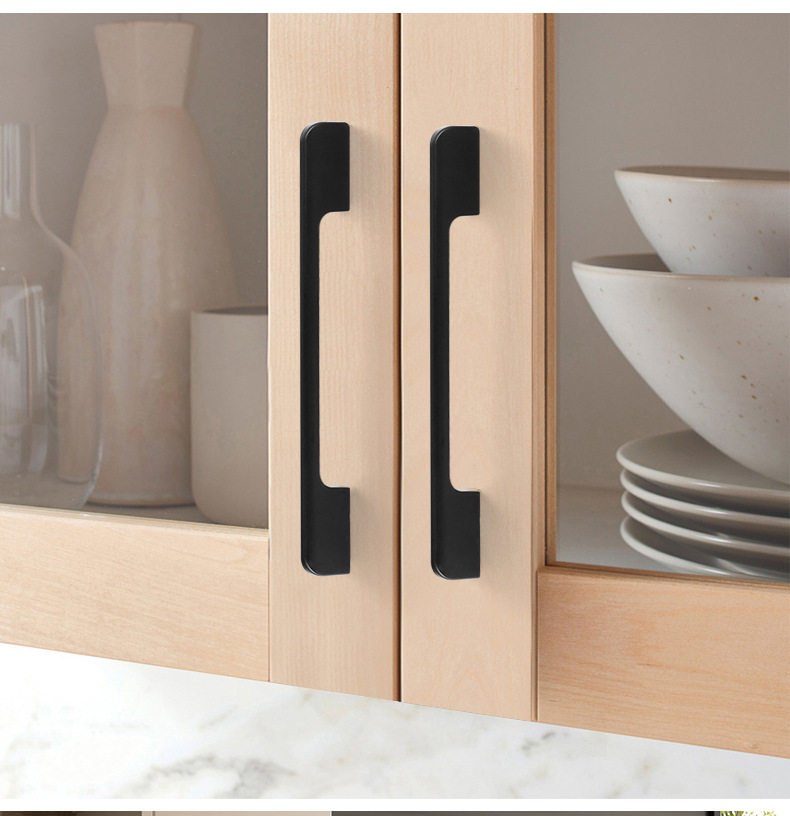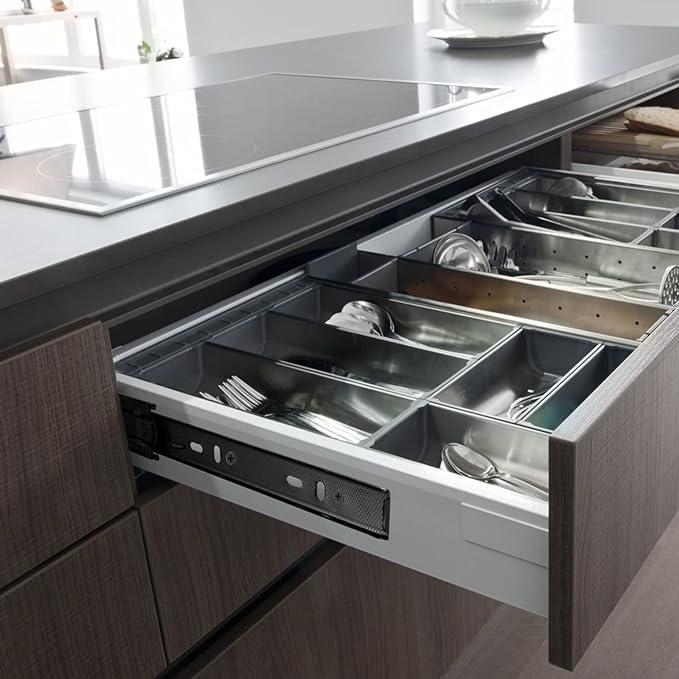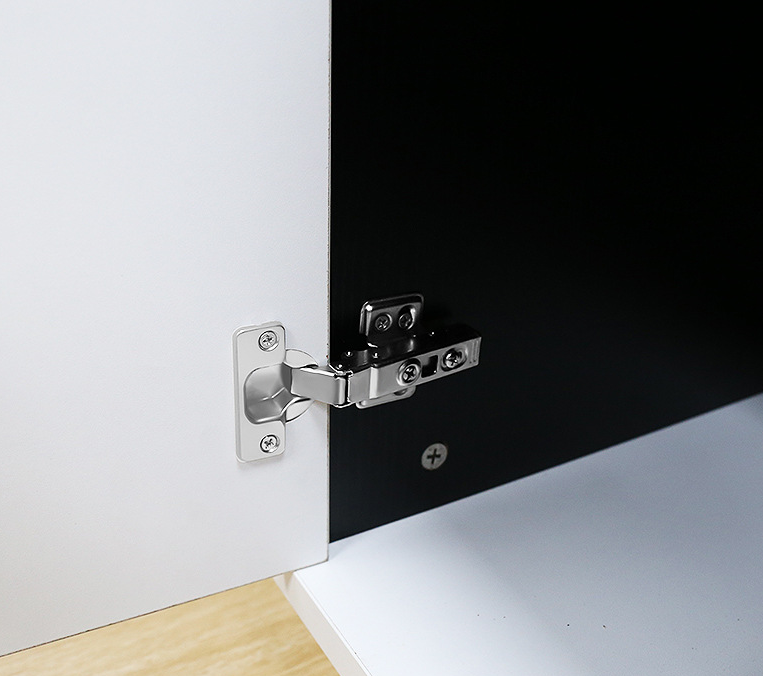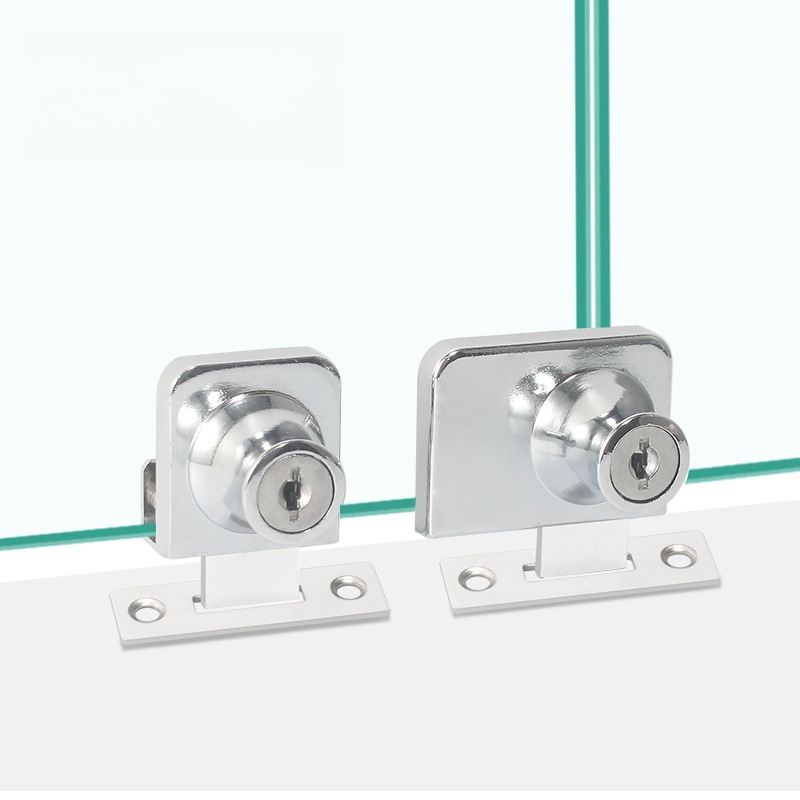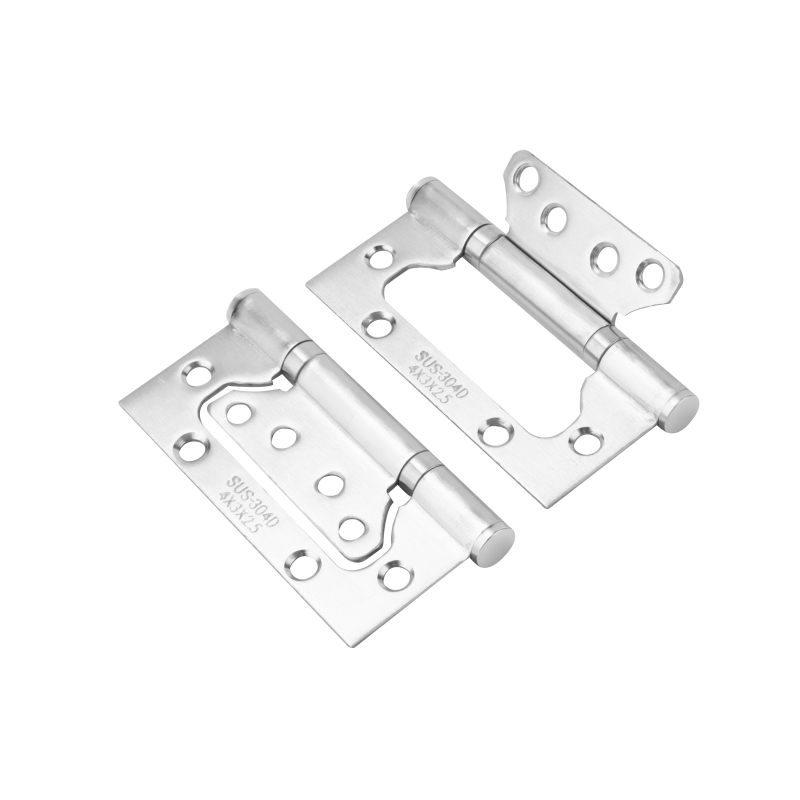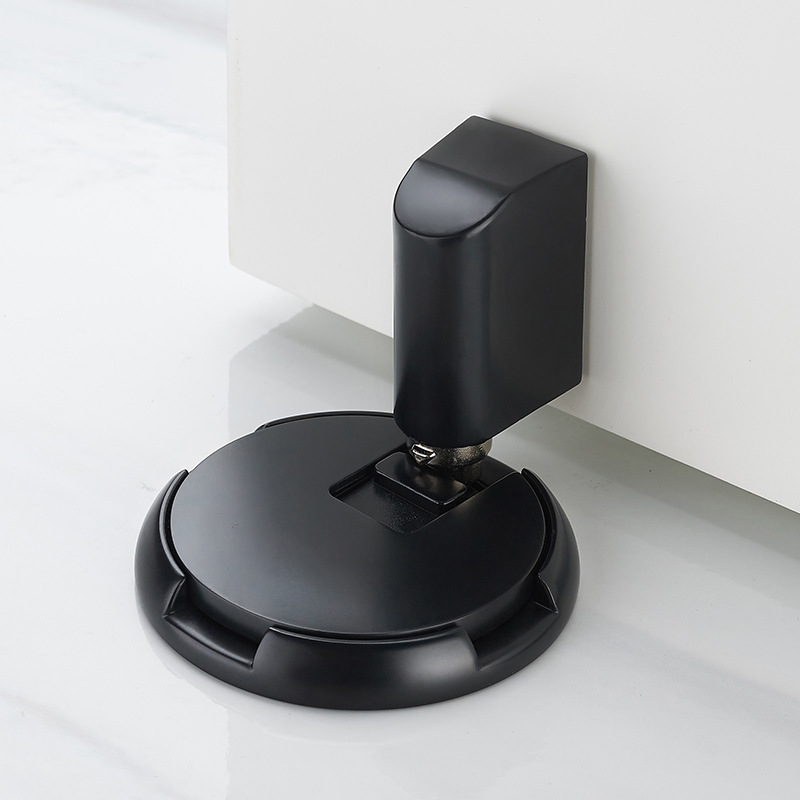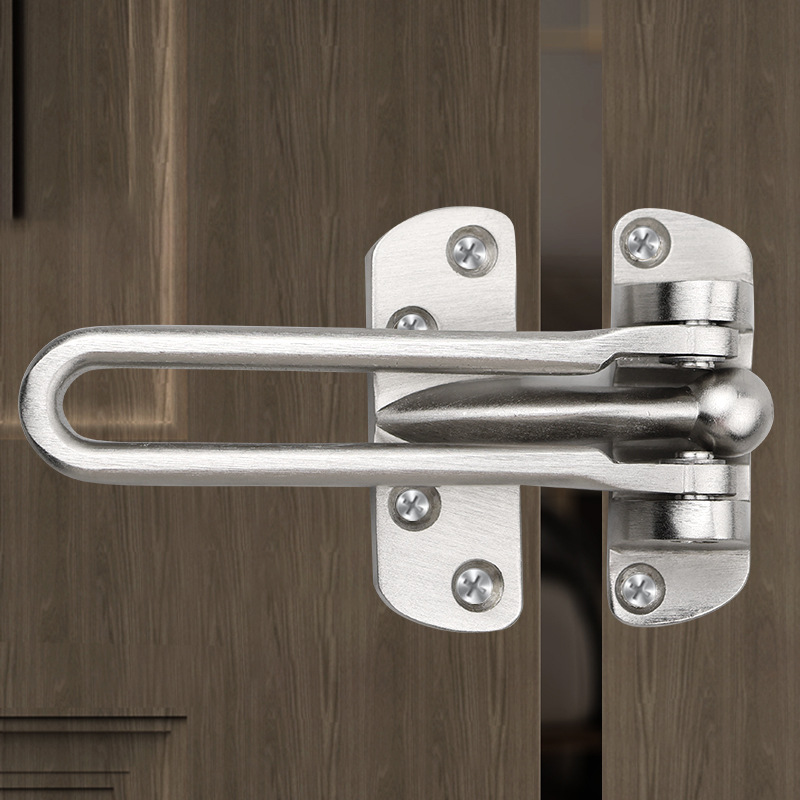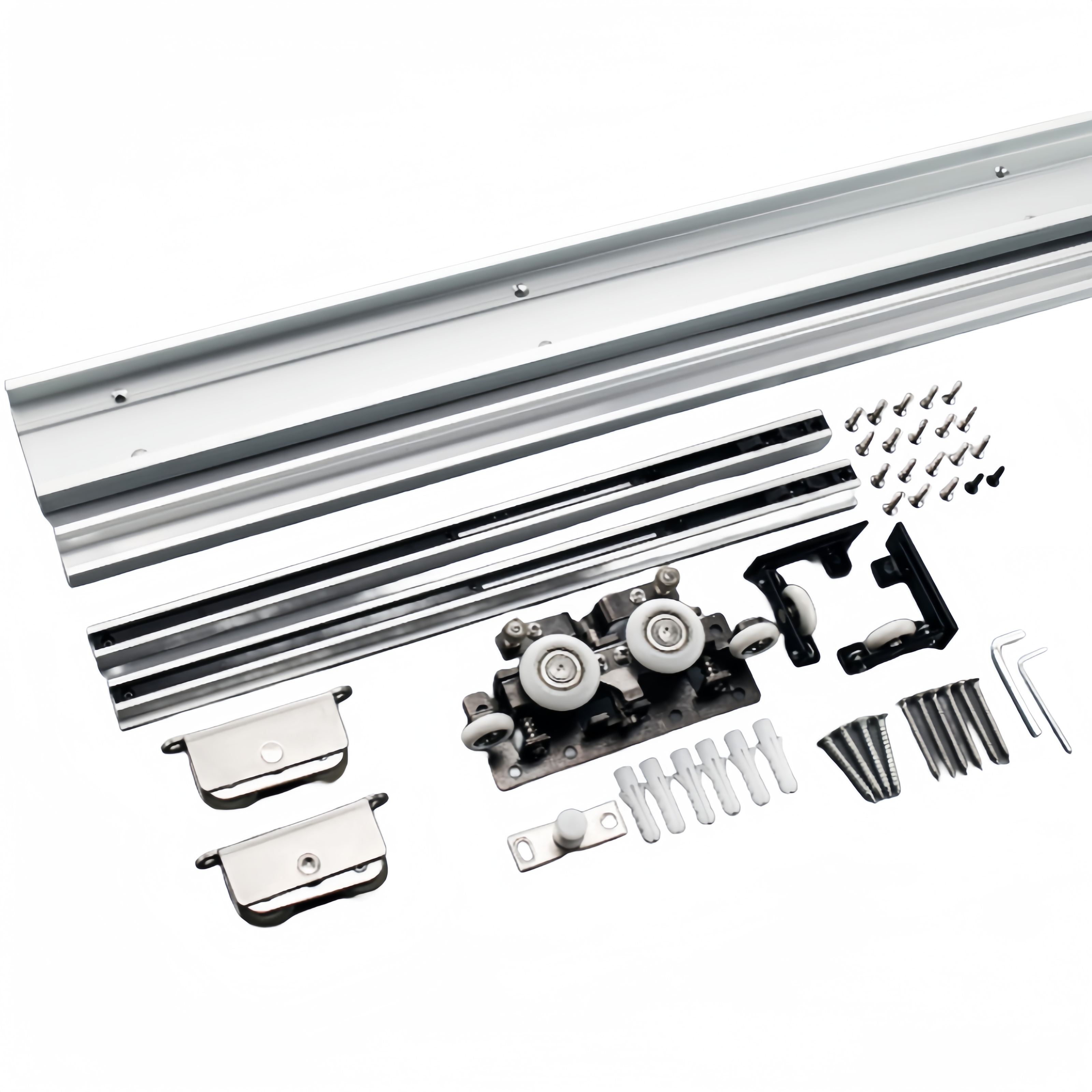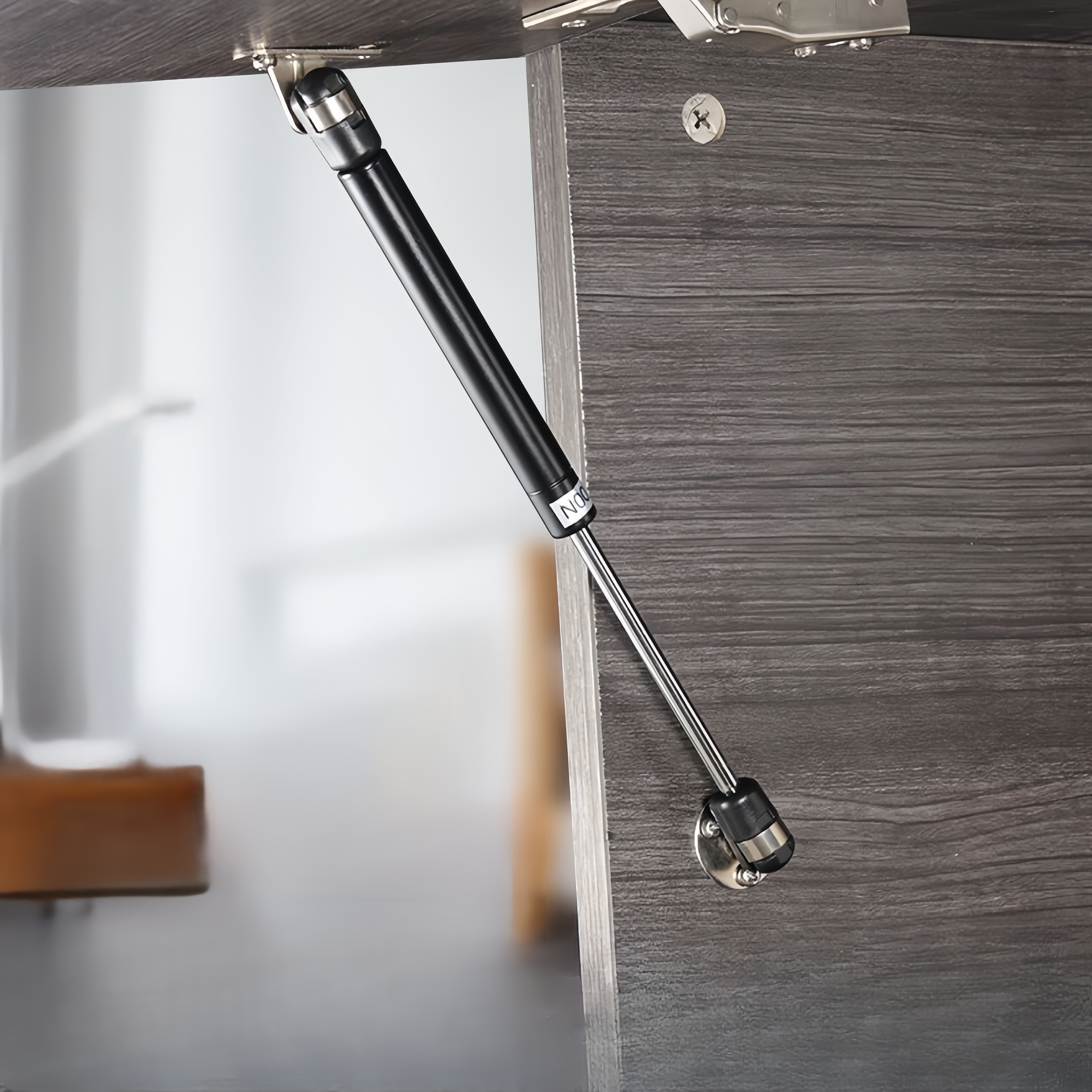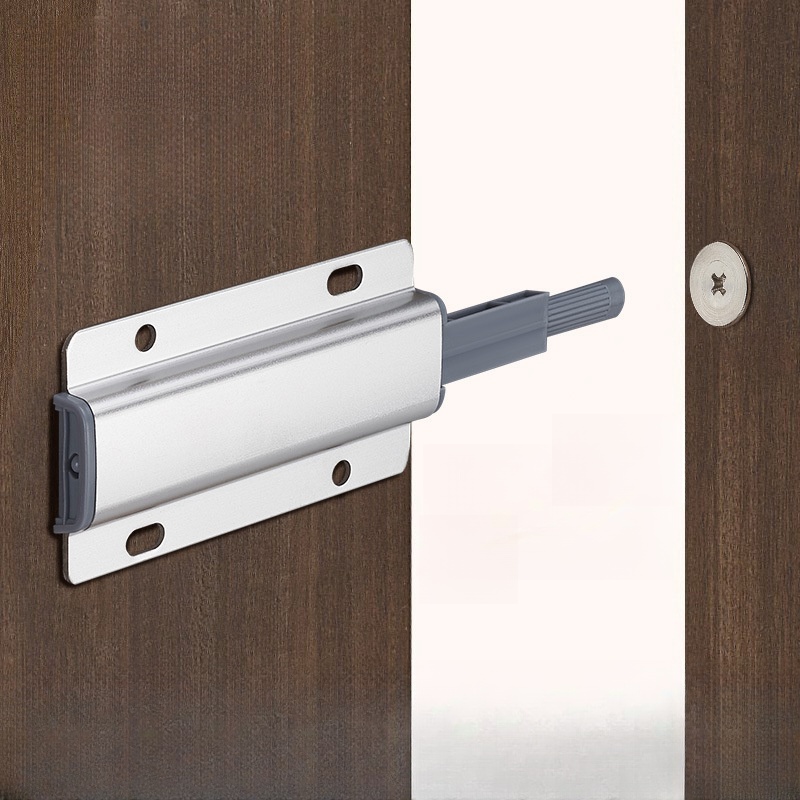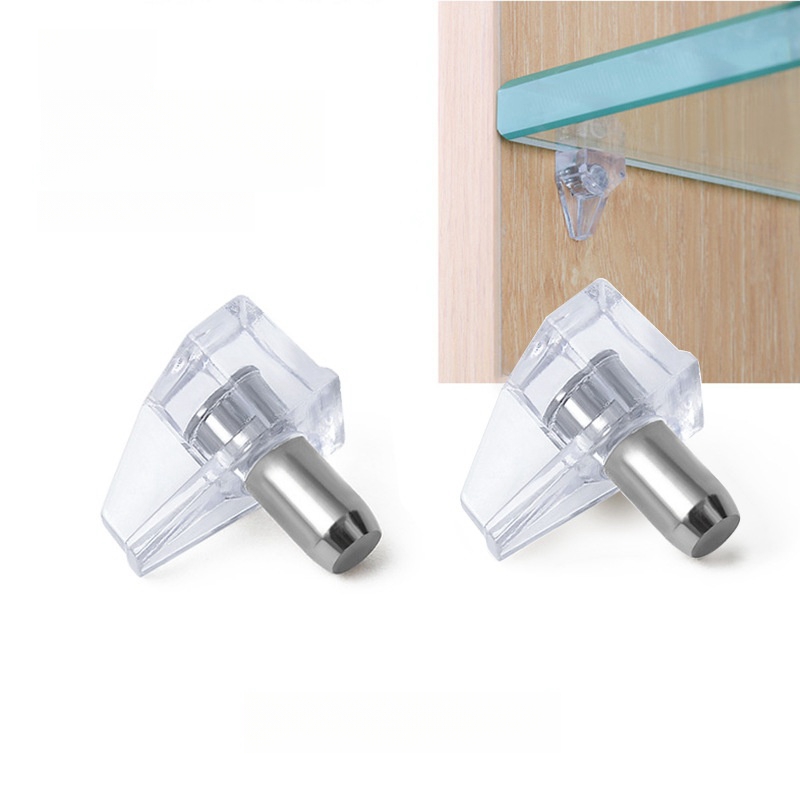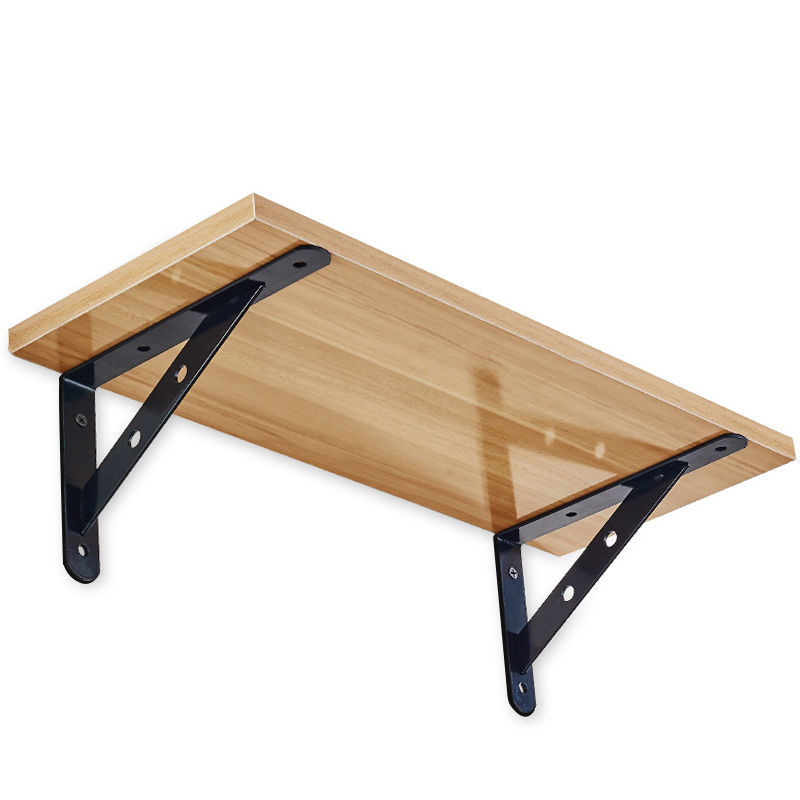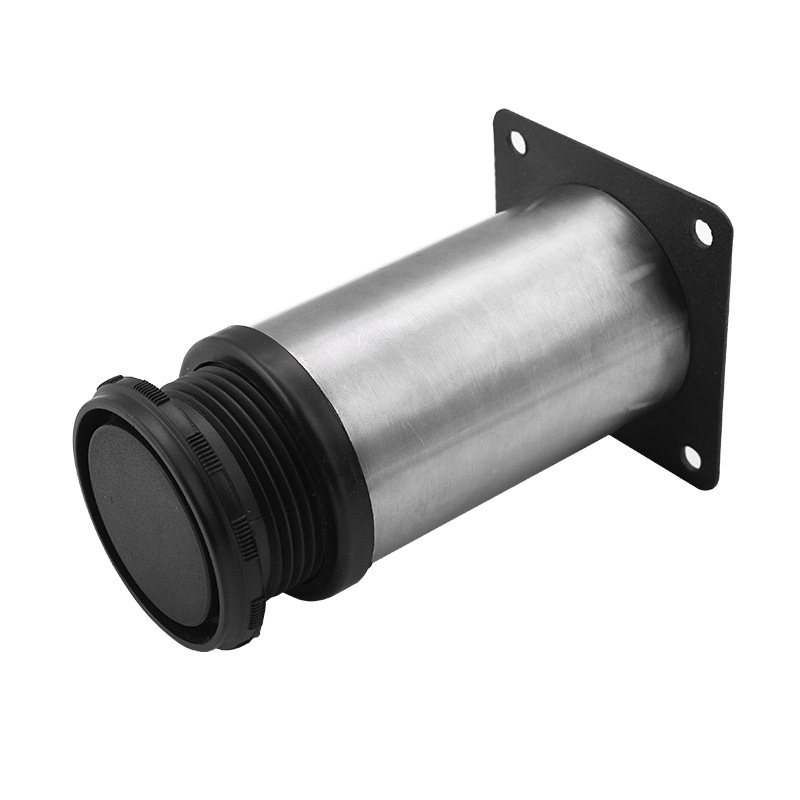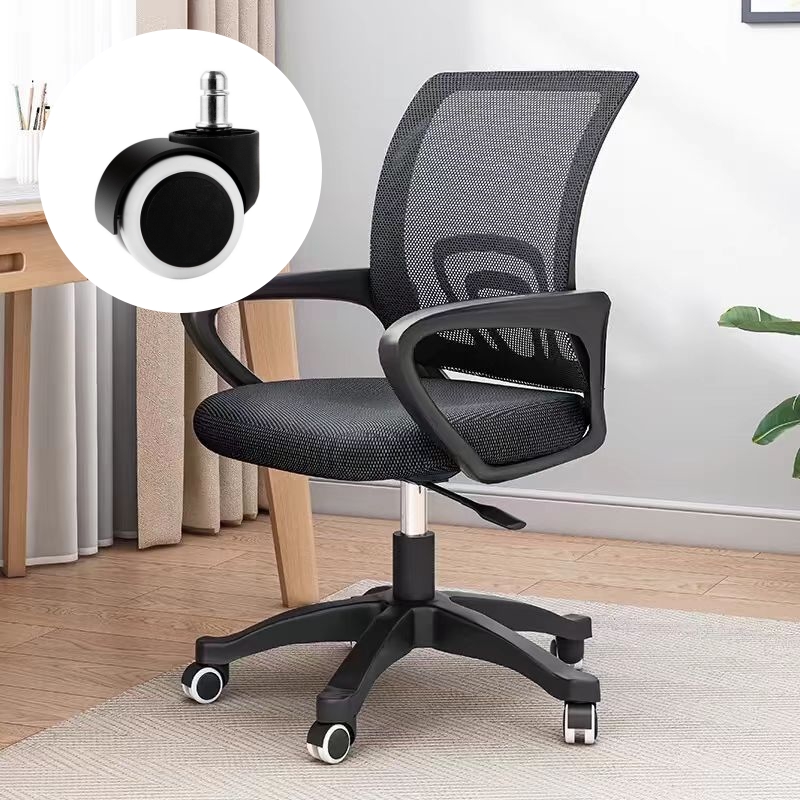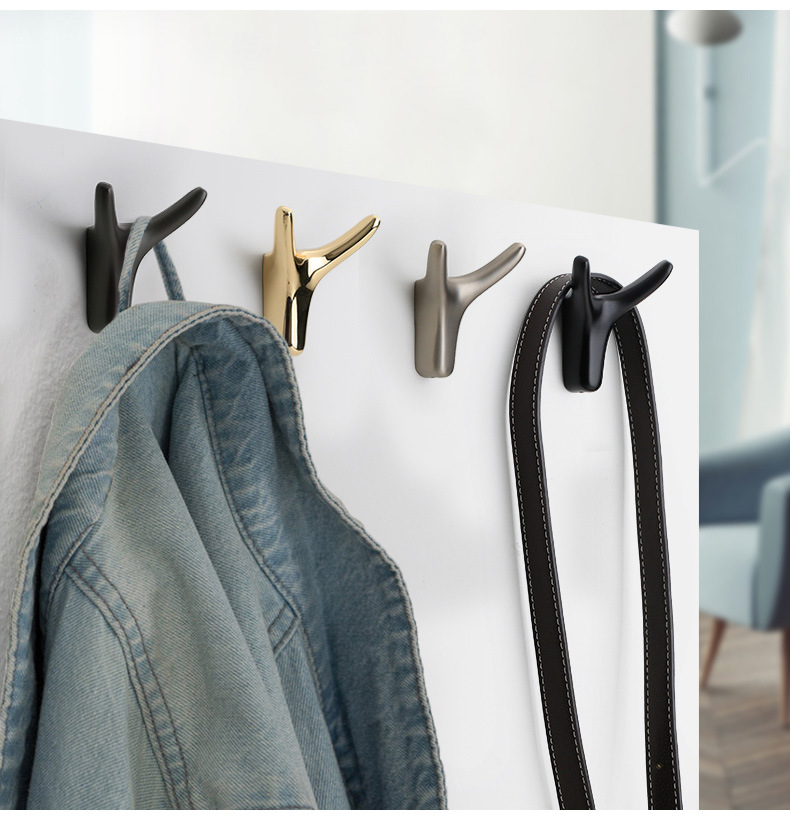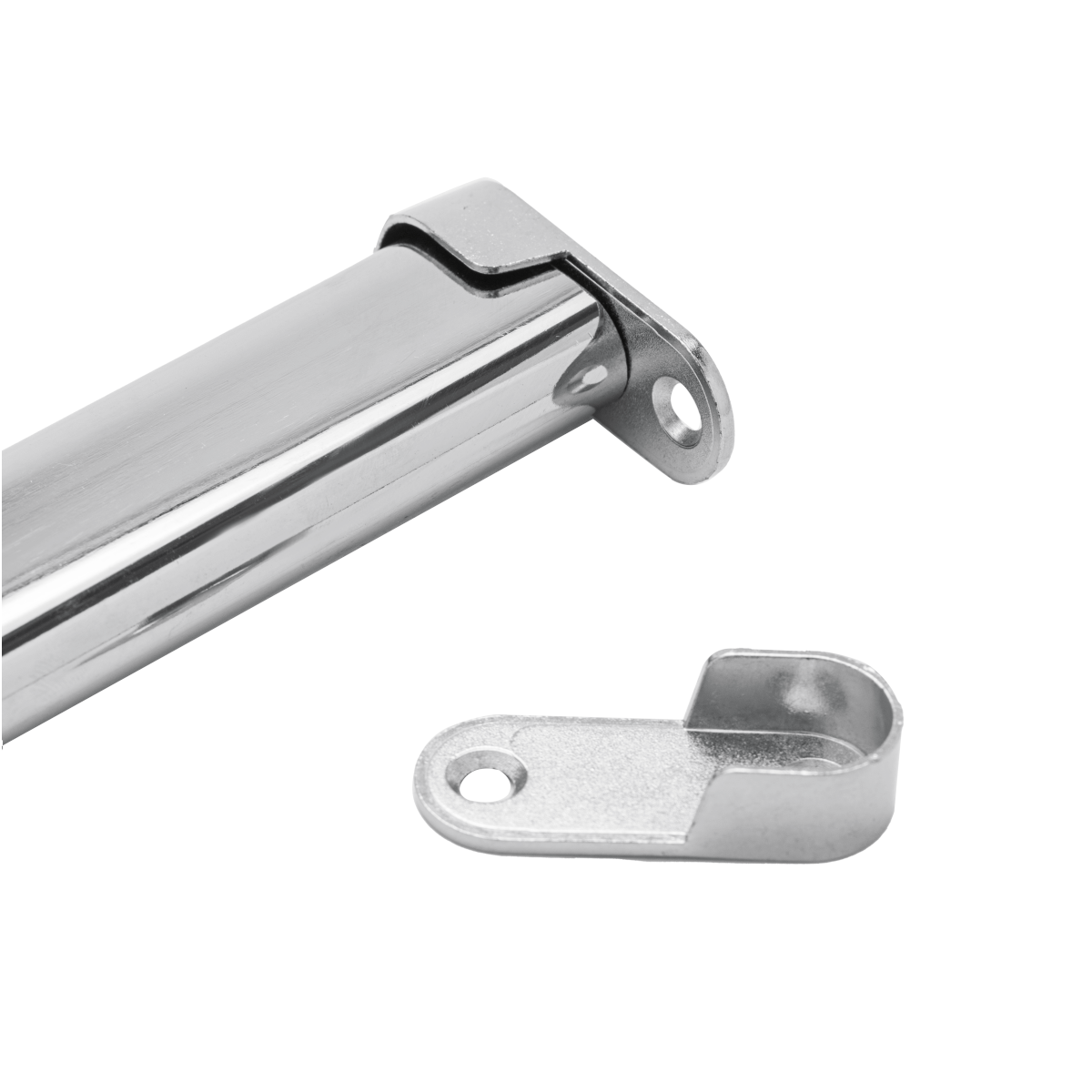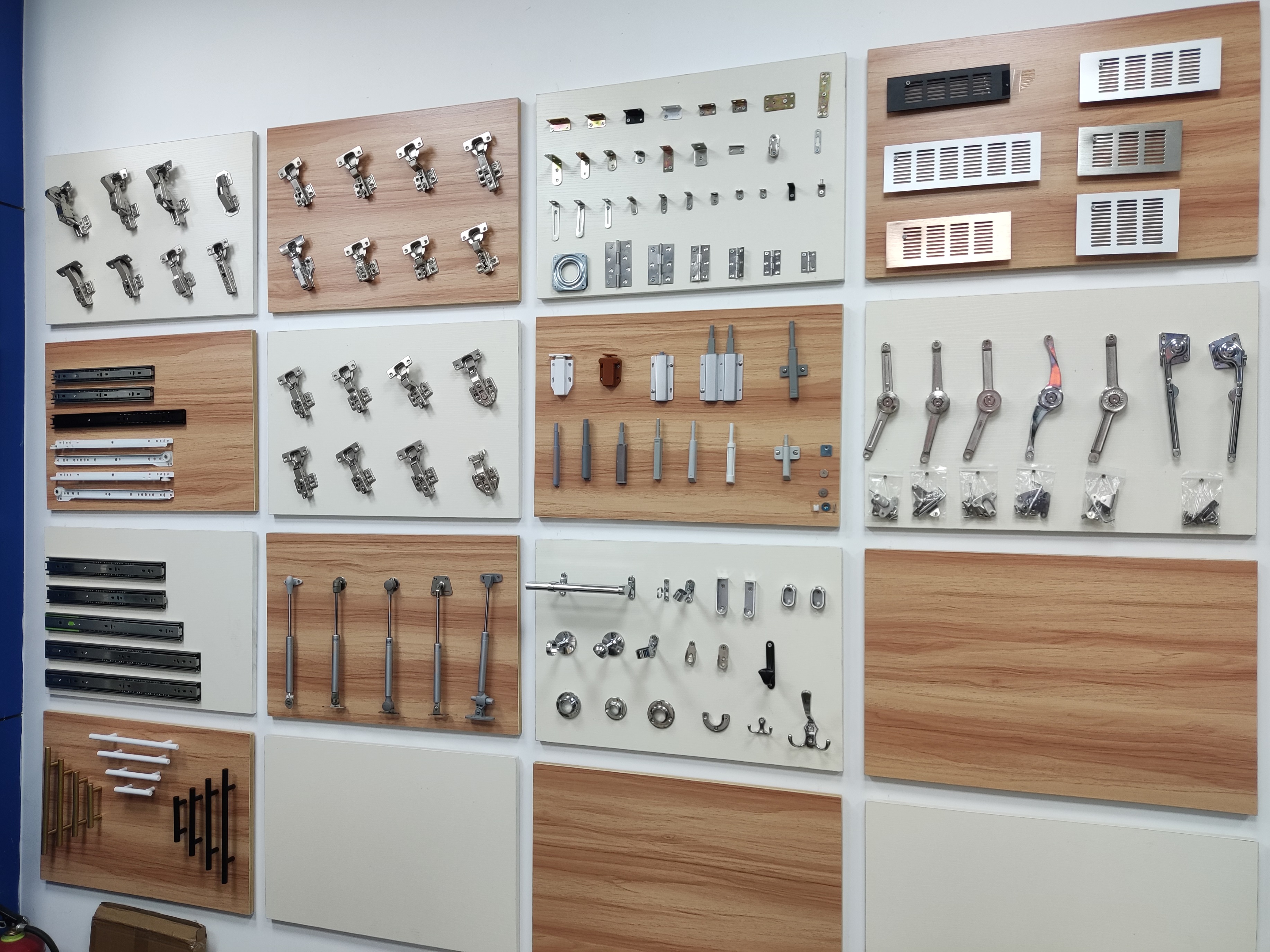
ABOUT
Guangzhou Toplink hardware Co., Ltd specialized in the production and export of furniture hardware fittings, with an experience of more than 14 years.
Our main products are drawer locks, cabinet hinges, sliding rails, cabinet handles, casters, cabinet legs and connecting fittings etc..
With a complete range of products, excellent performance and reasonable prices we have built up business with many customers all over the world.
We are committed to strict quality control and considerate customer service. We sincerely looking forward to becoming your best choice and the most reliable partner!
PRODUCTS
how to adjust tension on door closer
Identifying Your Door Closer Type
Before you begin adjusting the tension, it's crucial to identify the type of door closer you have. Door closers come in various designs, and the adjustment methods vary slightly depending on the manufacturer and model. The most common types are surface-mounted closers, concealed closers, and floor closers. Surface-mounted closers are typically attached to the door and frame, easily visible. Concealed closers are integrated into the door frame, making them less noticeable. Floor closers are mounted to the floor and are often found in commercial settings. Take some time to examine your closer; look for markings or a manufacturer's label. This information will help you locate the appropriate adjustment instructions, often found in the manufacturer's manual or online. Failing to identify your closer type can lead to incorrect adjustments and potential damage.
Furthermore, familiarizing yourself with the different components of your door closer will be beneficial. Most closers have a main body, an arm, and a valve mechanism. The valve mechanism is what controls the speed and closing force, and it's usually where the tension adjustments are made. Understanding the overall structure will make the adjustment process less daunting.
Locating the Adjustment Valve
Once you've identified your door closer type, the next step is to locate the adjustment valve. This valve is typically a small screw or a set of screws, often found on the side or bottom of the closer's body. The adjustment valve might be concealed by a small cover; if so, carefully remove it. Manufacturers often use different markings to indicate the adjustment screws. Some use '+' and '-' symbols to denote increasing and decreasing tension, while others use numbers or arrows. Refer to your manufacturer's manual for specific instructions. If you cannot find any markings, proceed cautiously, noting your starting position before making any adjustments. Taking a picture before you begin is also a good idea, offering a visual reference point if you need to revert to the initial setting.
It's extremely important to handle the adjustment valve with care. Over-tightening can damage the valve or the entire closer, rendering it useless. Use the correct size screwdriver to avoid stripping the screw heads. If you're unsure about using a screwdriver, consider seeking professional help to prevent causing further problems.
Adjusting the Closing Speed
The closing speed is generally controlled by one or more adjustment valves. Usually, you'll find a valve regulating the closing speed (from approximately 70-180 degrees) and another regulating the latching speed (from 0-15 degrees). Turning the adjustment screw clockwise typically increases the closing force, making the door close more quickly and forcefully. Conversely, turning it counter-clockwise reduces the closing force, resulting in a slower and gentler closing motion. Make small, incremental adjustments, testing the door's closure after each adjustment to avoid over-adjusting. Start with small turns (1/4 to 1/2 turn) and observe the change in the door's closing speed. Avoid making large adjustments at once, as this can make it difficult to fine-tune the perfect setting.
Remember to test the door's closure frequently. This involves repeatedly opening and closing the door to assess the speed and the force of the closure. Listen for any unusual sounds or resistance; these could indicate that the adjustment is incorrect or that there are other issues with the door or its hinges.
Adjusting the Latching Speed
The latching speed, the final portion of the door's closing motion, requires careful adjustment. Too fast a latching speed can cause the door to slam, potentially damaging the door or the frame. Too slow a latching speed can leave the door slightly ajar. The adjustment for latching speed is typically separate from the closing speed adjustment. Refer to your door closer's manual for the location of this adjustment screw. Similar to the closing speed adjustment, small incremental adjustments are key. Adjust the screw until the door latches smoothly and quietly without slamming.
The ideal latching speed should ensure that the door closes completely and securely without excessive force. If the door consistently fails to latch properly, there might be other underlying issues beyond the door closer’s tension. These could include misaligned hinges, damaged door components, or even weather conditions affecting the door's operation. Consider addressing these issues before proceeding further with adjustments.
Troubleshooting and Seeking Professional Help
Even with careful adjustments, you may encounter issues. If the door continues to slam, swing open too easily, or refuses to latch, re-check your adjustments and ensure you haven't over-tightened any screws. If problems persist, examine the door and its hinges for any damage or misalignment. Loose hinges or warped door frames can significantly affect the door closer's performance, rendering even perfect adjustments ineffective. Loose screws on the closer itself can also impact performance.
If you're unable to resolve the issue after attempting these troubleshooting steps, it's best to call a qualified professional. Attempting further adjustments without understanding the mechanics of the door closer can cause irreparable damage. A professional will have the expertise to diagnose the problem accurately and implement the necessary repairs or replacements. Remember, safety is paramount, and seeking professional help ensures your door operates safely and efficiently.
SUBSCRIBE
INQUIRY
